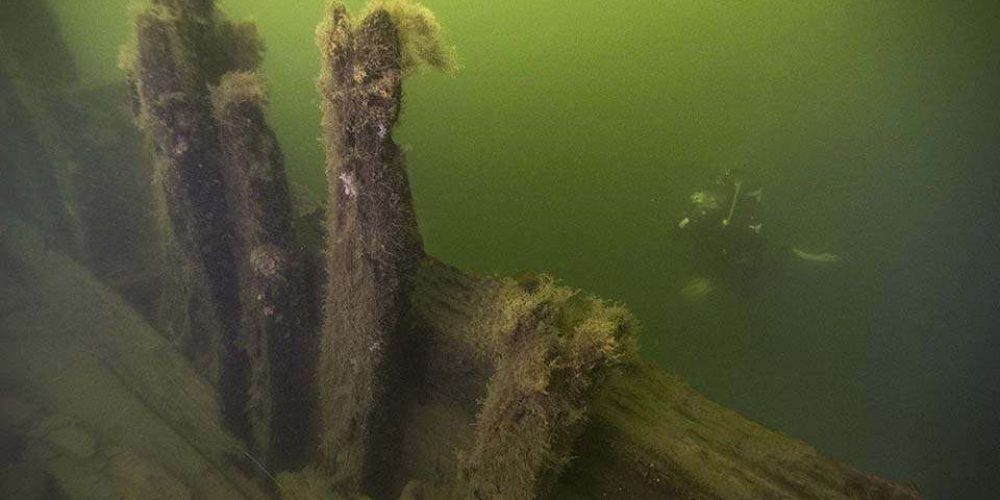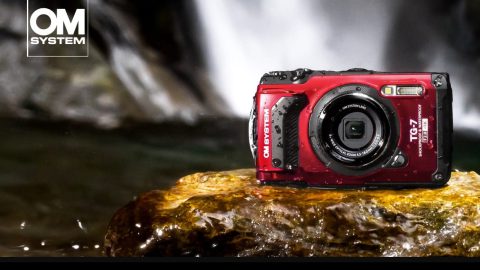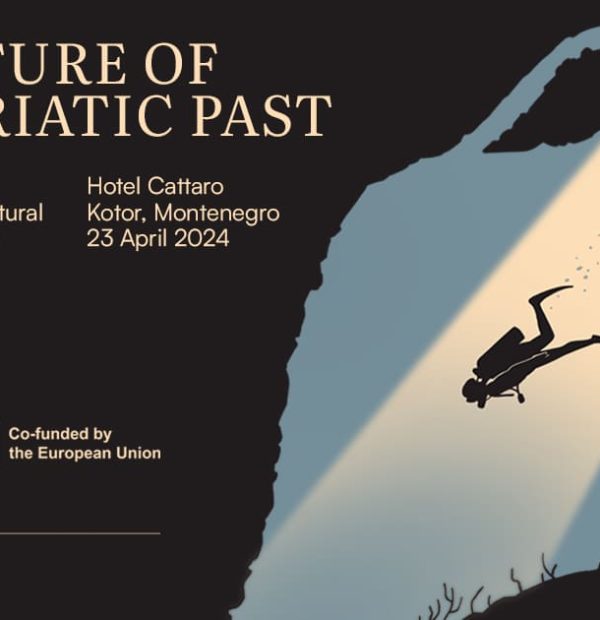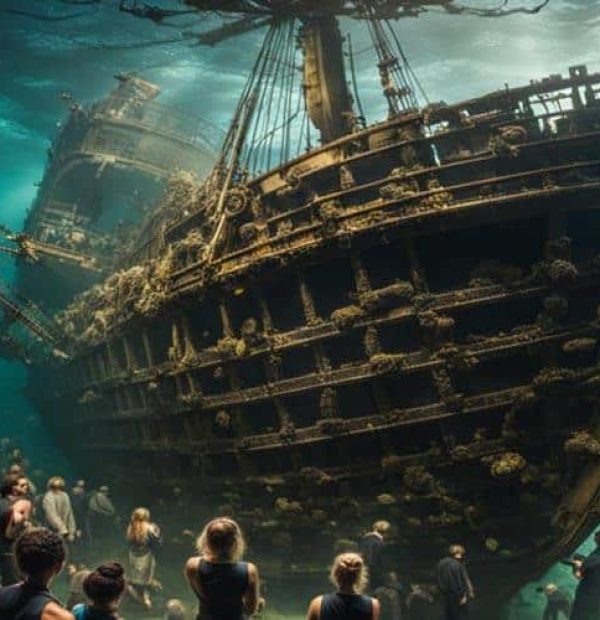Friday, 10 May 2024
Menu

The identified wrecks of the Swedish sailing ships are Apollo and Maria. The fate of the two warships was linked from beginning to end. Both vessels were built in 1648 and were deliberately sunk together in 1677. They rested on the seabed near the island of Vaxholm, where there was a powerful naval fortress.

The correct identification of the two wrecks, however, was not an easy task. Archaeologists had to carry out tests of wood samples, measurements of deck beams and detailed research in archives. The effort put into solving the mystery paid off and today archaeologists can confirm with certainty that these are the Apollo and Maria warships. Both ships carried troops to Poland in preparation for the invasion planned by Charles X Gustav. Both ships took part in the Battle of Møn in 1657, as well as the Battle of Sound in 1658.
Identifying the wrecks we found in 2019 was a real challenge. We had to fit many pieces together to solve this puzzle. Apollo and Maria are two warships of almost impressive size. During our research, we took wood samples to determine their age. The results we obtained show that the oak used for the construction was felled in the winter of 1646/47. This means that the construction should have been completed one or two years later – said Jim Hansson, marine archaeologist and project manager
At first, researchers tested the hypothesis that the found wrecks might be sister ships of the famous Vasa ship. Some indications pointed in this direction, but the dates did not match. The sister ships Äpplet, Kronan and Scepter, were built shortly after Vasa sank in 1628. The archaeologists also tested the hypothesis that by chance the samples taken did not come from components that had, for example, been repaired in the 1740s. Ultimately, however, the researchers found no confirmation for this theory.
Underwater archaeologists conducted further dives and took more samples for analysis. It then became clear that the two sailing shipwrecks under investigation were certainly created after the winter of 1646-47. Experts also determined that the oak used to build one ship came from northern Germany and the other from eastern Sweden.

To reconstruct the two ships, work began on making sketches and digitising them. By measuring the deck beams and then matching this information to the hull details, archaeologists were able to get a good picture of the size and shape of the vessels under study.
We found that one vessel was 8.7 metres at its widest point. With both the width and shape of the ship, we were able to estimate its length at around 35 metres. This also fitted well with the length and width ratios that were commonly used in the 17th century – explains Hansson
Through a search in archives, marine archaeologists have come across two ships built in 1648. The first was Apollo, built in Wismar, Germany, and the second was Maria, built in Skeppsholmen, Stockholm. According to the information available, their dimensions matched perfectly. During a search of the archives, the researchers also found that both ships were sunk in Vaxholm in 1677.

In the end, we had all the pieces of the puzzle we needed. The dimensions and shape of the wrecks matched the information from the historical sources. Also the origin of the wood samples matched our findings. – Hansson said
Archaeologists have never before documented a type of ship like the Apollo and the Maria. Both wrecks are a great source of knowledge about boatbuilding and naval science at the time. Scientists are still working on the site, trying to create detailed documentation and get to know them as well as possible.

It is also worth noting that, according to available historical information, there are more wrecks in the area. Archaeologists are constantly searching to locate more ships and warships that sank in the area in past centuries.
The ongoing research at Vaxholm is part of the research programme ‘The Lost Navy – Sweden’s Blue Heritage 1450-1850’, which is carried out in collaboration with Stockholm University, the National Maritime Museum and the Finnish Heritage Agency.










Welcome to DIVERS24.COM, your daily source of scuba news, freediving, scuba diving information, and equipment reviews. Our comprehensive coverage of the dive industry from A to Z provides you with all the latest scuba news, training updates, underwater photography tips, and everything else related to scuba diving. Whether you’re a beginner or an experienced diver looking for more knowledge about scuba gear or techniques – we’ve got it covered! With our in-depth articles written by experienced divers who have been there and done that, you are sure to find exactly what you need here at Divers24.com. Dive into scuba news today!
Underwater Media Sp. z o.o.
Szafarnia 11/F8,
80-755 Gdansk, Poland
Welcome to DIVERS24.COM, your daily source of scuba news, freediving, and scuba diving information. Sign in for a weekly news update and discount coupons for dive gear and apparel.
@2023 - underwatermedia.pl. All Right Reserved. Designed and Developed by Tworzenie stron internetowych Gdansk

The Divers24 portal is currently the largest online medium treating diving in Poland. Since 2010 we have been providing interesting and important information from Poland and around the world on all forms of diving and related activities.
Contact us: info@divers24.com